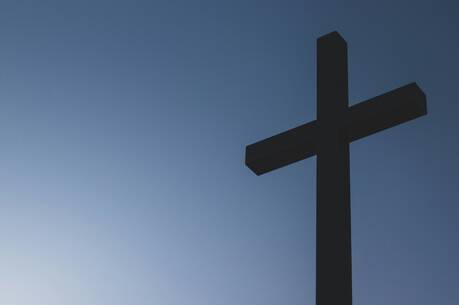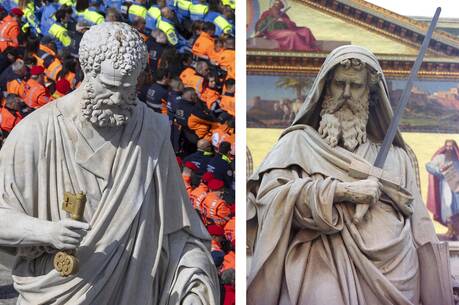Traditional New Age Theology
Both the first and the third readings for today begin with the words “In those days.” Of which days are the writers speaking? And why are they so filled with terror and destruction?
These accounts reflect ancient Israelite understanding of the endtime (not to be confused with the end of time). Israel believed that the sinful age within which it was living would come to an end and an age of holiness would follow. But the period of transition from one age to the other would be a time of purification. Initially Israel expected this to transpire in history. Therefore the endtime was different from the end of time.
There were various traditions regarding the way this new age would dawn. Some believed that a descendant of David would establish a new and faithful rule (Acts 1:6). Others, like the Qumran community, expected a priestly leader to launch a cultic reform. Still others looked for someone from heaven to inaugurate the new age. In line with this last tradition, Jesus describes “the Son of Man coming in the clouds.”
Of which days do the authors speak? The time of transition between the ages. Why are “those days” filled with terror? They include purification from sin. When will they dawn? That is the $64,000 question.
The reading from Daniel suggests that “those days” refers to the end of time. Scholars question whether the author is really referring to the resurrection of the dead or to what some call the rapture (“your people shall escape”). Instead, they remind us that Daniel was written in a kind of code called apocalyptic, which prevented Israel’s conquerors from detecting the book’s subversive message. In other words, it means what it says, but on a level that is not always obvious. Its promise of future justice encouraged the beleaguered people to remain faithful in the face of affliction.
The reading from Mark is also apocalyptic. Though it suggests the end of the world (“heaven and earth will pass away”), scholars believe that it refers primarily to the destruction of Jerusalem. As with the first reading, it encouraged fidelity at a time when the world seemed to be falling apart. This reading clearly states that no one but God knows when the end will come.
Though both readings describe frightful scenes, they also assert that the righteous will somehow survive the ordeal and will find a place with God. This hopeful message continues to console those who are forced to watch their own worlds fall apart. Both Daniel and Mark offer resounding negative responses to such gnawing questions as: Does our suffering mean that evil forces have the last word? Has God forgotten us? Have the righteous dead died in vain?
Why are these readings placed before us now? They certainly are relevant. Who has not struggled with, and sometimes been overcome by, the evil forces let loose in our world today? Who has not asked the questions posed above? We desperately need both the comfort and the encouragement that these readings offer, even though we may have to look beneath the scenes that they sketch to find their meaning.
On one level they may indeed speak of the actual end of the world, when Christ will come “in the clouds with great power and glory.” But it is not only then that we will move from one age to another. Christians believe that the new age has already been inaugurated with the coming of Jesus into history. That is why we have these readings at the end of the liturgical year, as we turn our gaze toward the celebration of that coming.
Our understanding of the endtime has yet a third level. Though the new age dawned with Jesus’ coming, it takes root in us only when we open ourselves to its power. Each time we are willing to move beyond our sinfulness, despite the “distress” or “tribulation” this may cause, we step over the threshold into the new age. The two transitions from old to new described above are beyond our control, but the transition described here is ours to make. Our decision to bring the new age to light puts an end in a way to part of the world of sin. To use another image, the struggle to bring the reign of God to birth has been called the “birth pangs of the Messiah” (see Mt 24:8; Rm 8:22). Such pain can be life-giving.
As we approach the end of the liturgical year, our religious perspective focuses on the coming of the Lord. But which coming? His first coming according to the flesh, when he inaugurated the endtime? His final coming, which we expect at the end of time? Or his coming into our lives each time we step forward in genuine Christian living? Actually, in hopeful anticipation, we await his coming on all three levels.
This article also appeared in print, under the headline “Traditional New Age Theology,” in the November 10, 2003, issue.







